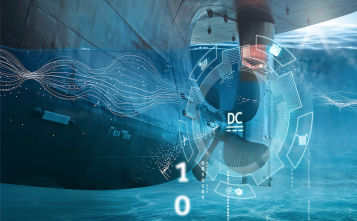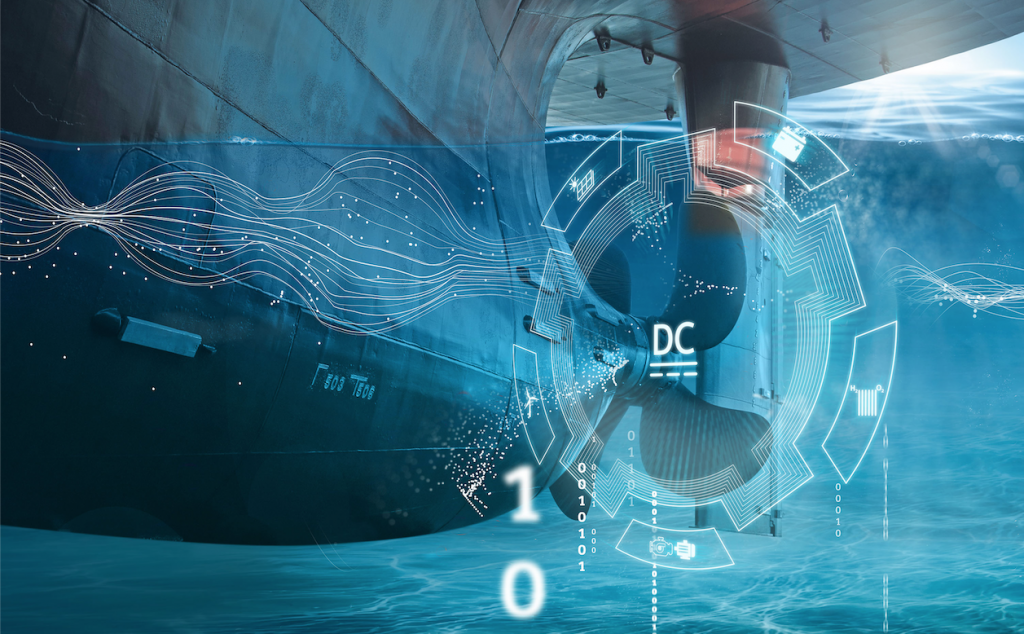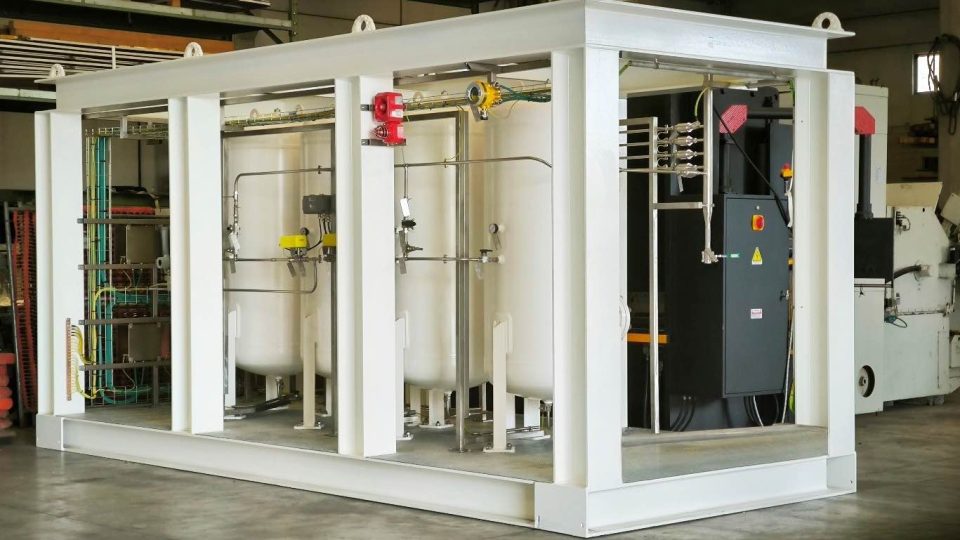Siemens thinks green. Into the water it means ‘hybrid’
Siemens has for years been committed to preaching the reasons for hybrid technology even among marine applications. From commercial has also established itself in pleasure. Following part of the interview published on Diesel International, which you can find in this PDF. Hybrid propulsion projects in the boating sector keep advancing gradually but relentlessly. We asked Andrea Franchini […]

Siemens has for years been committed to preaching the reasons for hybrid technology even among marine applications. From commercial has also established itself in pleasure. Following part of the interview published on Diesel International, which you can find in this PDF. Hybrid propulsion projects in the boating sector keep advancing gradually but relentlessly. We asked Andrea Franchini – Sales Director Vertical Markets – Process Solutions at Siemens Energy a few questions on the subject.

Hybridization could be regarded as the ‘cadet branch’ of (and, as such, sometimes more viable than) electrification. What are Siemens’ solutions for commercial vessels in that field?
Siemens’ solution for the hybrid segment is based on the SISHIP Bluedrive Plus C system, a diesel-electric platform that includes variable-speed gensets, a direct current power distribution system fit for connection to battery-based storage modules, and a motor/inverter unit to drive the propellers electrically. The onboard electric equipment is entirely connected to the distribution system via auxiliary inverters. It’s a scalable system that can cover diverse power rating requirements up to 7 MW per propeller shaft. It’s a well-proven, reliable solution that makes it possible to cut operational costs by up to 20 percent thanks to lower consumption levels, reduced wear-and-tear of combustion engines that can work less and under optimal conditions, and extended maintenance intervals.
Siemens SISHIP EcoProp: we saw it onboard the MY Vanadis. Could you tell us in more detail about it?
The SISHIP EcoProp platform meets a variety of needs by offering a compact automotive-derived solution that, as such, is well-proven and reliable. It’s based on a series of water-cooled brushless drives. Its perfectly reversible permanent magnet motors can also be used as generators. Again, in this case one or more gensets can be coupled to a DC bus via decentralized drives to which batteries are connected. Thereon, other components in the same family operate the reverse electrical transformation feeding inverters and electric motors that drive propellers or manoeuvring thrusters. In addition to the hybrid-series solution we just described – typical of larger vessels – the system can also be used to create hybrid-parallel configurations suitable for medium-sized yachts whose diesel engine and electric motor are both directly coupled to the propeller shaft. In this case the electric motor, whose rated power is usually lower than that of the combustion engine, also works as a generator thus providing energy flow to batteries. This way the yacht can be run in a purely electric mode at a low speed, while the ‘Diesel mode’ can be used for cruising speeds. While cruising, the electric unit will recharge the batteries thus allowing to use the Diesel mode at its top-performance level. Moreover, this offers the possibility to get some extra “boost” by adding up the power output of the diesel engine to that of the electric motor. That’s precisely the solution we devised for the Vanadis.









